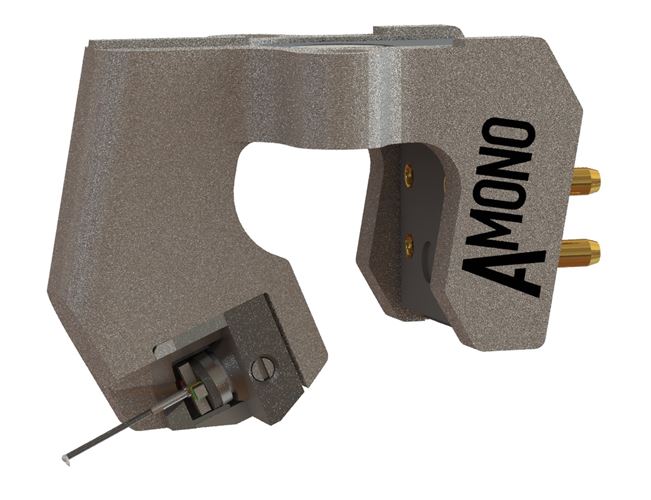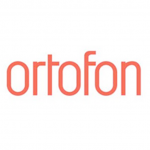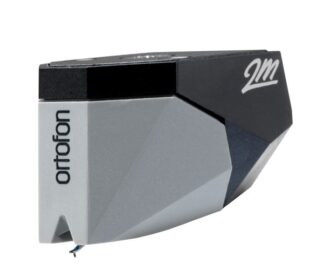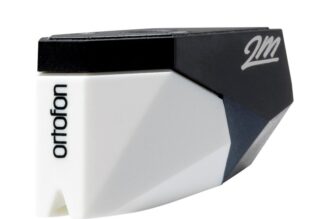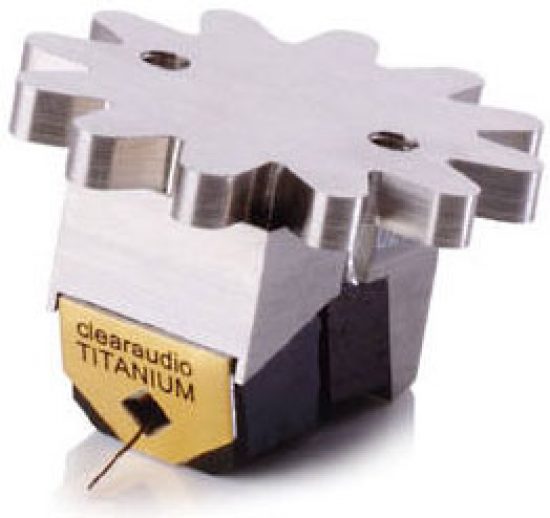Product Description
Ortofon MC A Mono True Mono Cartridge
The history of recorded music on phonograph records spans over a century. Over a half century ago, beginning in the 1940s, modern vinyl began to take shape and to resemble what we know today.
The era of high fidelity sound reproduction
The history of recorded music on phonograph records spans well over a century. But just over a half century ago, beginning in the 1940s, modern vinyl began to take shape and to resemble what we know today. The tape machine had arrived in studios, cutting was made on a cellulose nitrate lacquer with a sapphire cutter, and the V-shaped groove became standard using a lateral cut mono signal.
Ortofon also greatly influenced this process by developing and producing a new and improved cutterhead in 1946. This cutterhead made it possible to achieve an upper frequency limit of 14kHz, which was far beyond the former limit of 8kHz. This gave way to the era of high fidelity sound reproduction.
The records of the early 1940s were coarse-groove shellacs, and playback was made with both mechanical and electronic “cartridges” using an extremely high tracking force. Many cartridges now used a diamond stylus, and for the records produced in this era, a spherical stylus with a 65µm radius was considered state of the art.
The Mono Microgroove
The mono microgroove geometry is fairly easy to understand, as it only has to contain one signal. That signal is cut in the lateral dimension only, meaning that the V-shaped groove will have constant width and depth. The groove angle of the V-shape will vary a bit from record to record but will always be close to 90 degrees. The top width of the groove will, according to the different standards, have a minimum dimension in order to ensure that the replay stylus can sit comfortably inside the groove. Over the years, this minimum width has varied due to changing standards but has always been close to 50µm until the mid 1960s. The latest standards from the 1980s were revised for a minimum width down to around 30µm. This offered a unified standard, congruent to the minimum width of stereo records.
Regarding the bottom groove radius, old microgrooves from around 1950 could approach 15µm, or even larger if the record stamper was used for too long. Records like that need to be played only by a cartridge with a spherical 25µm stylus, otherwise there is a risk of the stylus bottoming out and causing poor fidelity. From around the mid 1950s, the bottom radius was reduced to around 8µm, which corresponds to the IEC98 standard from 1958 where 7.5µm is stated as maximum radius. Later on, up to the stereo age, this was further reduced down to 4µm. The bottom radius is one of the important factors determining which styli will replay the record satisfactorily as can be seen by the drawings below.



